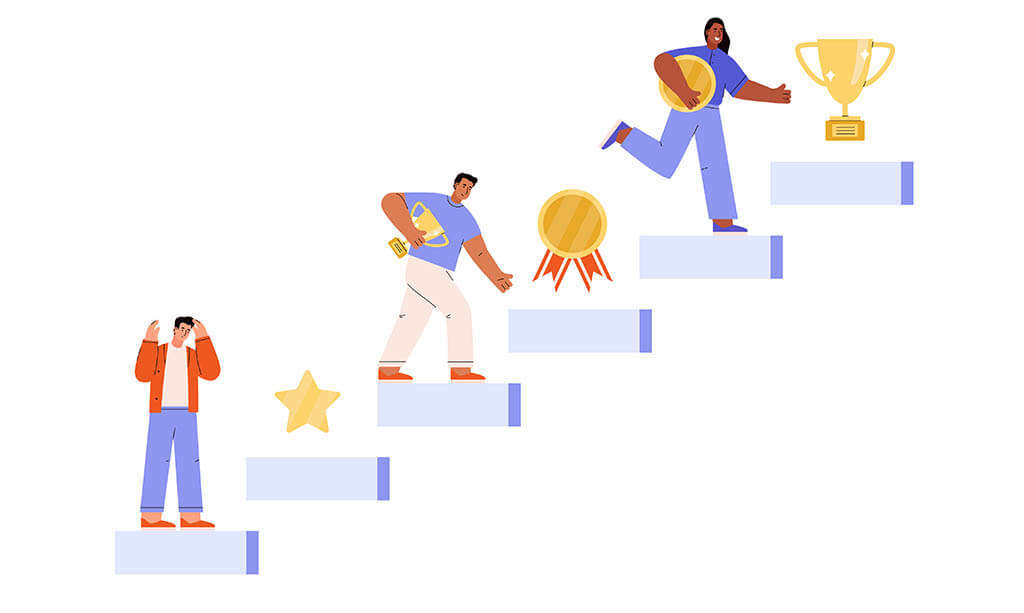Teaching English as a Second Language can be a rewarding yet challenging experience. Let’s be real: traditional methods can sometimes make the learning process feel like a slog for students. And if they’re not engaged, you’re fighting an uphill battle to reach your teaching goals. Enter gamification. What’s that, you ask? Well, it’s a fancy term for incorporating game elements into non-game settings. Think points, levels, and leaderboards, but for learning English. Sounds fun, right? Here’s how it can help ESL teachers hit the mark.
Engagement Unlocked
First off, games are engaging. People love challenges, points, and a bit of friendly competition. When you bring these elements into your ESL lesson, you immediately ramp up the engagement level. Your students are more likely to pay attention and participate actively. An engaged student is like fertile soil where seeds of knowledge can sprout and grow. If the students are into it, half your job is already done.
Real-World Practice
Games often mimic real-world scenarios. For ESL learners, this is a goldmine. Whether it’s a role-playing game where students have to navigate a grocery store in English or a digital game where they have to answer questions to move forward, it puts them in situations they’ll likely face outside the class. The more they can connect the lesson to real life, the better they’ll understand and retain what you’re teaching them.
Feedback
Games offer immediate feedback. Get the answer right, and you move ahead. Mess up, and you try again. This quick feedback mechanism is excellent for language acquisition. It helps students understand their mistakes instantly and correct them, which can be more effective than waiting for a test or homework to be graded. Plus, it takes some pressure off you to provide constant feedback, allowing you to focus on other aspects of teaching.
Flexibility and Customization
Here’s the cool part: gamification doesn’t mean you have to revamp your entire lesson plan. You can start small, like turning a vocabulary exercise into a crossword puzzle or a dialogue session into a role-playing mission. The key is to align the game with your teaching objectives. Plus, you can tweak the difficulty levels based on your students’ abilities, making sure everyone’s on a level playing field. If you need gamified lesson plans just take a look at our offer. All of our plans have gamification elements in them such as interactive exercises and videos.
Teamwork and Collaboration
Games often require teamwork, which is another soft skill that’s essential in the real world. Group games or challenges can teach students to collaborate and communicate more effectively in English. It can also create a sense of community within the class, making it a more supportive learning environment overall.
Motivation Boost
Let’s face it; learning a new language can be daunting. The milestones; like holding a full conversation or reading a book can seem far off. Gamification can break down these massive goals into smaller, achievable missions. Every point they earn or level they clear brings them closer to fluency and keeps them motivated.
The Wrap-up
So there you have it. Gamification isn’t just some buzzword; it’s a powerful tool that can help you make your ESL classes more engaging, practical, and effective. It’s all about making the learning process as enjoyable as it is educational. After all, who said learning can’t be fun?
So go ahead, roll the dice, and bring some game power to your ESL teaching. Your students (and your teaching goals) will thank you for it.






